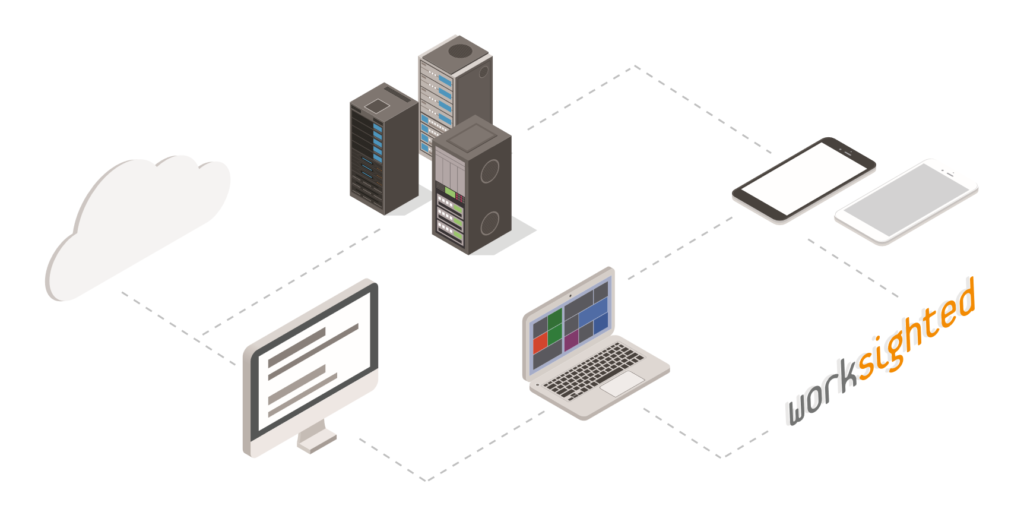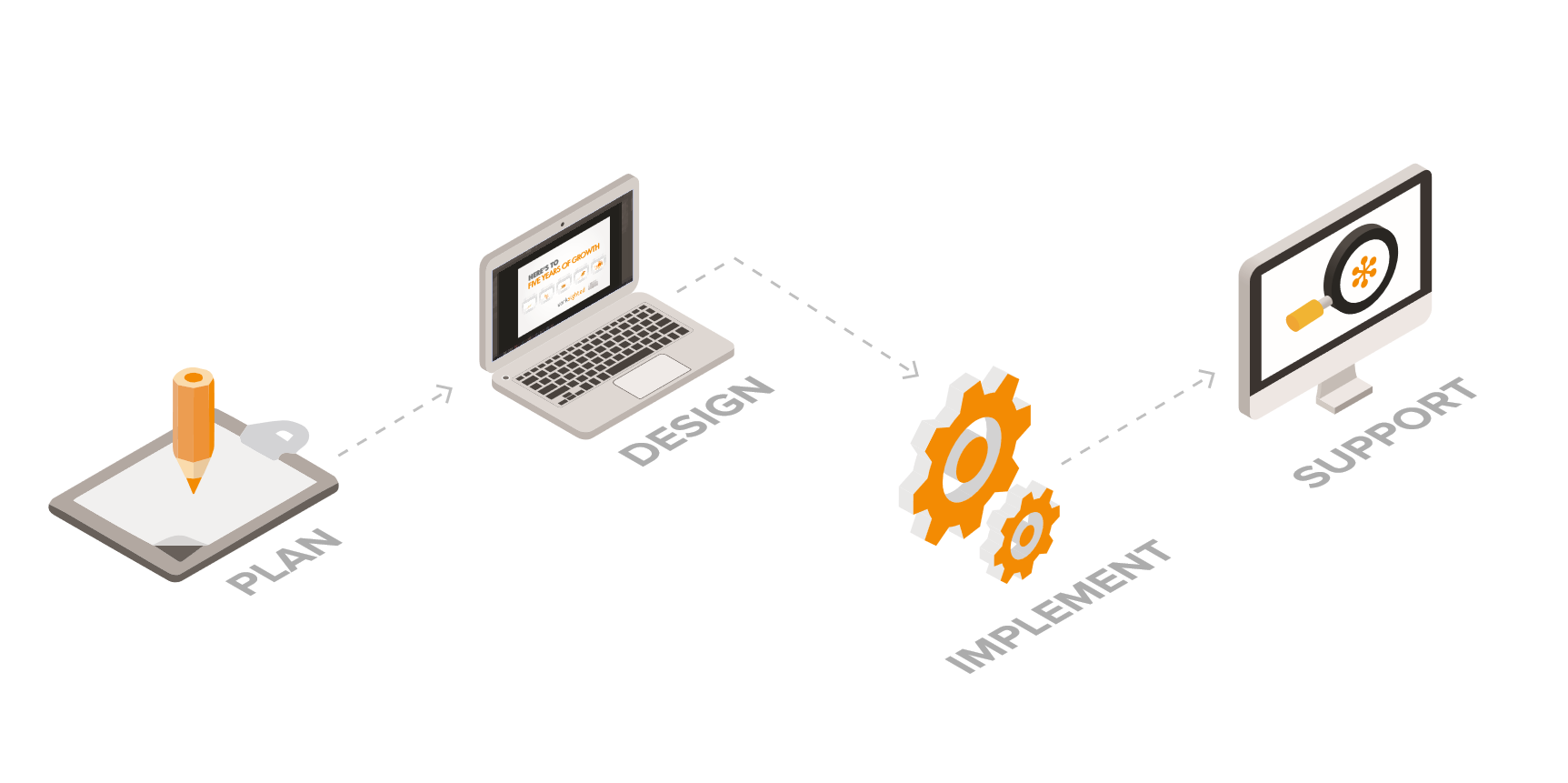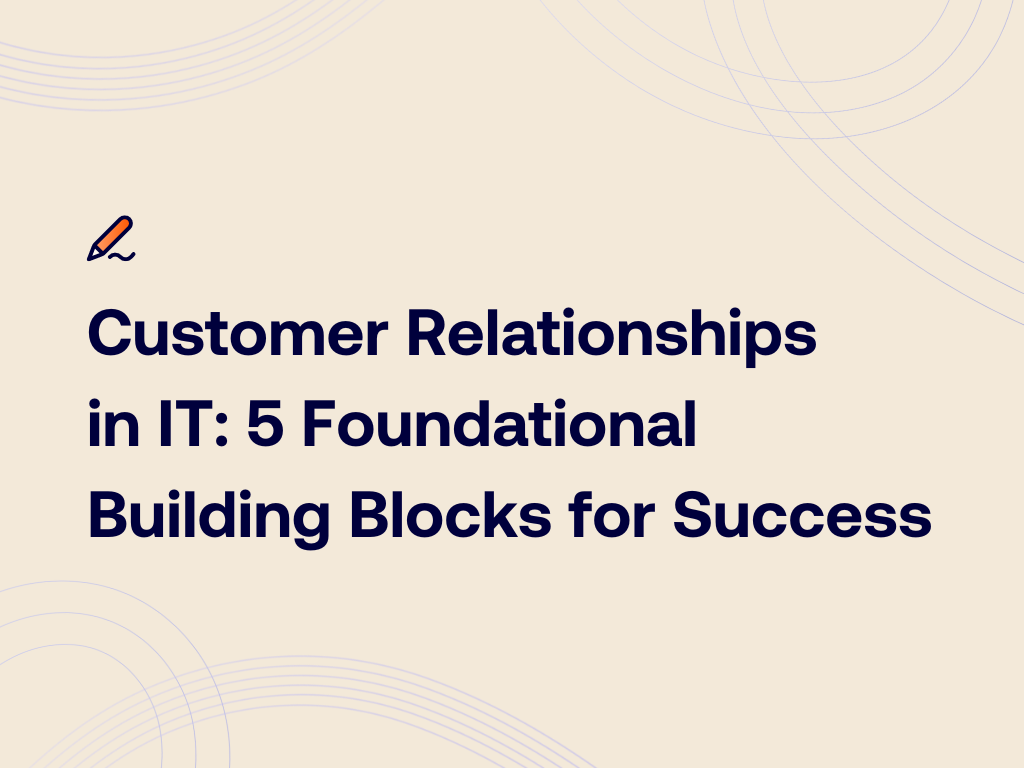The Profound Benefits of Improving Long-Term Care Employee Experiences

Welcome to our three-part series about digital transformation in long-term care (LTC), specifically focusing on the profound benefits of better user experiences. This is the first article in the series and looks at why your organization should turn its attention to improving its LTC employee experience.
Technology immaturity is widespread in long-term care organizations and many LTC organizations could benefit greatly from digital transformation initiatives. Where and how to start your technology investment depends on where your organization currently sits on its digital transformation journey. As a general rule, working closely with a technology partner is the best way to identify the steps you need to take and where to aim your focus.
However, LTC employee experiences are a great place to start. With employee retention being a large concern for LTC organizations, improving employee experiences is crucial. It can play an important role in increasing employee satisfaction and productivity, but also in improving the capabilities of staff to help patients.
Why Invest in LTC Employee Experiences
There are several reasons why technology immaturity is common in long-term care. For one thing, there simply might not be the funds to invest in new solutions. Or the organization believes funds should be directed into patient care and medical equipment rather than digital technology for employees. The COVID-19 pandemic makes this situation even more challenging, as difficult decisions have to be made regarding where to prioritize investment.
In general, long-term care organizations tend to have a rocky relationship with IT. At Worksighted, whenever we work with these organizations, we tend to hear that they’re not getting the results from their technology set-up that they believe they should, especially not for the cost. Therefore, more investment doesn’t seem worthwhile to them.
The truth is that digital technology can have an enormous impact on how your organization operates. It can help overcome many of the challenges that employees working in long-term care face.
Tackling Turnover With Technology
Let’s address one of the core challenges facing LTC organizations: employee turnover. Many organizations wouldn’t consider digital technology as a solution to this problem. But hear us out. It can be profoundly beneficial.
One problem with the state of technology immaturity in long-term care is that it isn’t evenly spread. When it comes to the technology used by employees working in long-term care, there are the haves and the have-nots.
The Haves
The executive director, office manager, maintenance manager, etc. These office-based leadership, managerial, or administrative roles are the haves in this scenario. They are employees with computer accounts, PCs, an email. When they log into their PC, they have resources, they can store files, they can communicate and collaborate with people. In an LTC-context, these employees might be part of a wider group that manages many facilities rather than being based on site. They will likely have mobile devices with remote capabilities.
The Have-Nots
The have-nots include most, if not all, of the direct care staff. They use technology, but it is often shared, and they have limited or restricted access. They aren’t given a PC or an email address. They might have a shared computer and access to a shared software environment, but they are not full users in the same way as the haves because they don’t have access to the same tools.
The Challenge
The reason for this, historically, has been because of turnover. You don’t want to spend a lot of time and effort creating user accounts and provisioning resources for every new employee. What is required is an efficient way to set up accounts for these employees and to reduce the time it takes to set up a computer for them. You also need them to be able to sign into the systems easily and log in wherever they are, because you probably don’t want to be issuing personal devices for every single employee.
The Solution
With productivity suites like Microsoft 365, it couldn’t be easier or more efficient to provide a wide range of communication and collaboration tools for all your employees. User accounts can be created through automation, with little or no need for human involvement.
Single sign-on makes it easy for users to log into computers. You can create an exceptional user experience, where staff scan a badge, or put in a code to sign in. Not only is this efficient but it’s also secure. Users now have access to Microsoft Teams and the full range of apps, without requiring five different logins to five different systems.
This provides core workers with the resources they need to perform more effectively. They can access training, company announcements, and email accounts. You can include paths for escalating concerns and asking questions. Everything is in one place.
By improving LTC employee experiences, you are not only addressing the imbalance between the haves and have-nots, But also improving productivity, employee satisfaction, and ultimately patient care.
Find the Right Partner for Success
A key ingredient in making technology investment a success is finding the right technology partner to work with. The right partner will ensure that your technology implementation is tailored to your unique requirements, so you can maximize your investment but also avoid disruptions to staff and patient care.
At Worksighted, we have experience and expertise in delivering exceptional technology solutions for long-term care organizations. You can kick things off with a free 60-minute session with one of our experts.
To find out more about how your organization can improve LTC employee experiences for those working in long-term care, get in touch with the team at Worksighted today.





